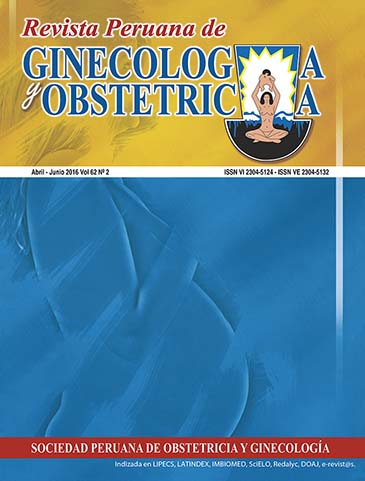Virus zika - Un nuevo reto para los ginecólogos y obstetras
DOI:
https://doi.org/10.31403/rpgo.v62i1905Resumen
El virus zika se ha extendido rápidamente en las Américas desde su identificación en Brasil a principios de 2015. El virus es transmitido por los mosquitos Aedes y por relaciones sexuales. Se le encuentra en el ser humano en sangre, saliva, orina, semen y líquido amniótico. La infección por zika dura solo unos días, y los signos y síntomas presentes en solo 20% de personas son por lo general leves. El virus zika ha sido considerado como un teratógeno que causa microcefalia y otras anomalías graves del cerebro, porque parece invadir las células nerviosas fetales y perturbar el desarrollo del cerebro. También se le ha relacionado al síndrome de Guillian-Barré y a un síndrome autoinmune llamado encefalomielitis diseminada aguda o ADEM. Se presenta una revisión sobre el virus zika, la transmisión del virus, los problemas perinatales y su prevención tanto en mujeres en edad reproductiva, en el embarazo y parto, así como en tratamientos de infertilidad, y las estrategias preventivas implementadas en el Perú.Descargas
Los datos de descargas todavía no están disponibles.
Descargas
Publicado
2016-07-13
Cómo citar
Pacheco-Romero, J. (2016). Virus zika - Un nuevo reto para los ginecólogos y obstetras. Revista Peruana De Ginecología Y Obstetricia, 62(2), 219–242. https://doi.org/10.31403/rpgo.v62i1905
Número
Sección
Artículos de Revisión
















